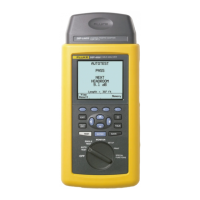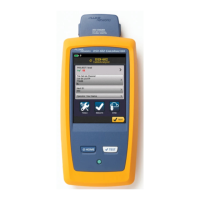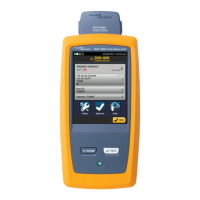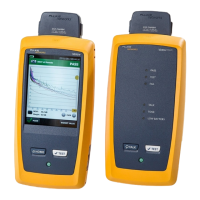DSP-4000 Series
Users Manual
7-18
Propagation Delay and Delay Skew
Propagation delay is the time it takes an electrical signal to travel the length of a
wire. A wire pair’s delay depends on the pair’s length, twist rate, and electrical
properties, such as the type of insulating material used around the copper
conductors. Delays typically measure in the hundreds of nano seconds. (One nano
second is one-billionth of a second, or 0.000000001 second.)
The propagation delays of wire pairs in a link can differ slightly because of
differences in the number of twists and in the electrical properties of each pair. The
delay differences between pairs is called delay skew. Delay skew is a critical
parameter for high-speed networks that use parallel data transmission, which
involves transmitting data bits simultaneously over multiple wire pairs. If the delay
skew between the pairs is too great, the bits arrives out of synchronization and the
data cannot be properly reassembled. Systems that use parallel transmission
include 100BASE-T4, 100VG-AnyLAN, and 1000BASE-T (Gigabit Ethernet).
Though a cable link may not be intended for parallel transmission, testing for
delay skew helps ensure that the link will support upgrades to high-speed
networks.
